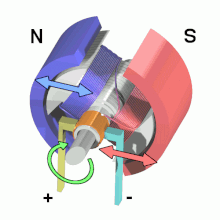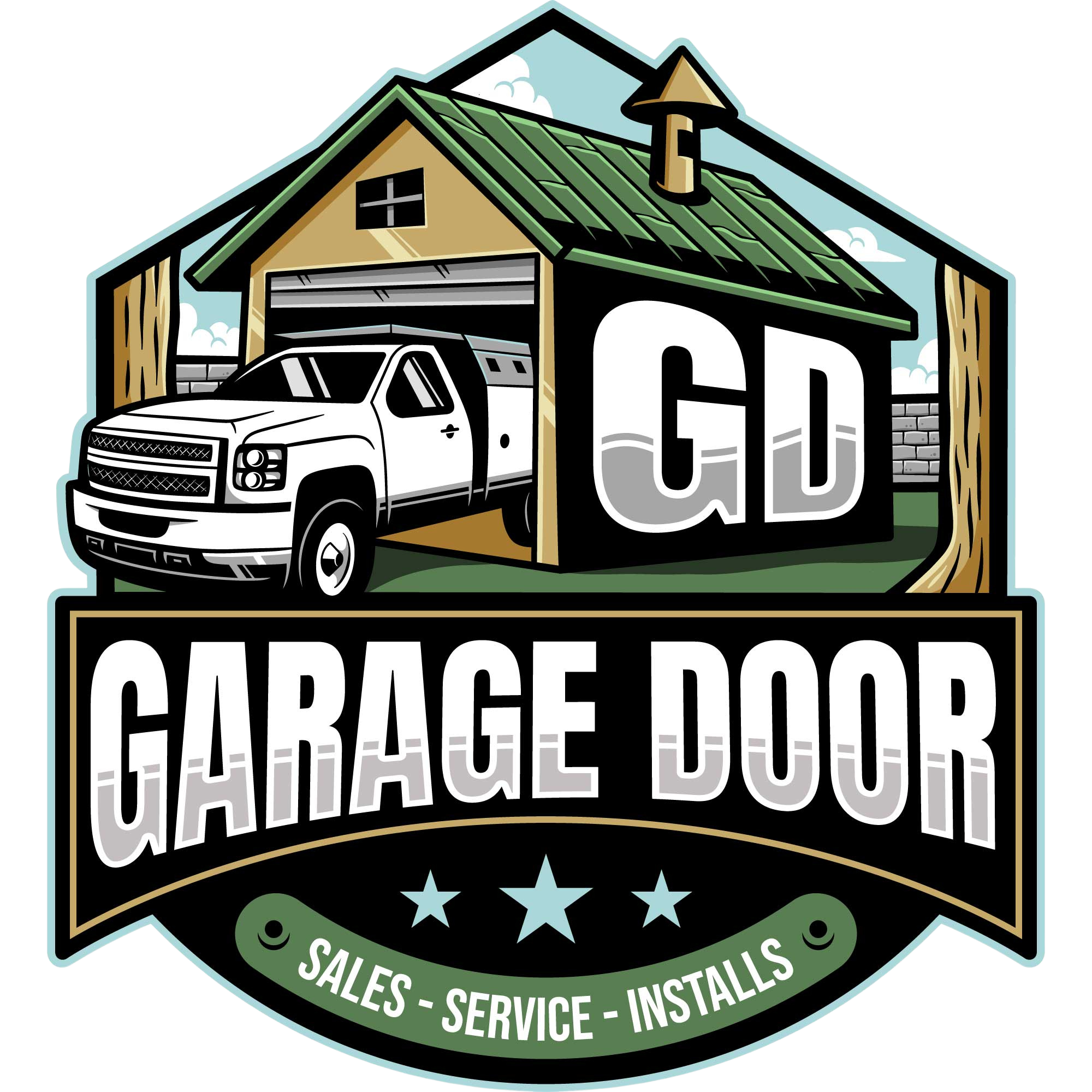Electric motor
Motor
Definition and Operation of Electric Motors
– An electric motor converts electrical energy into mechanical energy.
– It operates through the interaction between the motor’s magnetic field and electric current in a wire winding.
– Electric motors can be powered by direct current (DC) or alternating current (AC) sources.
– They may be classified based on power source type, construction, application, and type of motion output.
– Standardized motors provide power for industrial use, with some exceeding 100 megawatts in output.
Applications and Impact of Electric Motors
– Electric motors are used in industrial fans, blowers, pumps, machine tools, household appliances, power tools, vehicles, and disk drives.
– They can be utilized in regenerative braking with traction motors to recover energy.
– Small motors can be found in electric watches.
– Electric motors are used for ship propulsion, pipeline compression, and pumped-storage applications.
– They produce linear or rotary force (torque) to propel external mechanisms, making them a type of actuator.
– Electric motors consume more than half of the electric energy produced in the US.
– Electric motors have revolutionized industry, eliminated the need for human and animal muscle power in agriculture, improved convenience, comfort, and safety in households, and enabled the development of electric transportation systems.
History of Electric Motors
– Experimental motors based on electrostatic force were investigated before modern electromagnetic motors.
– The invention of the electrochemical battery by Alessandro Volta in 1799 enabled the production of persistent electric currents.
– Hans Christian √òrsted discovered the magnetic field created by an electric current in 1820.
– Michael Faraday demonstrated the first rotary motion effect using an electric current and magnet in 1821.
РHungarian physicist Ányos Jedlik developed the first practical DC motor with the invention of the commutator in 1828.
– The first commutator DC electric motor capable of turning machinery was invented by William Sturgeon in 1832.
– Thomas Davenport and Emily Davenport built a commutator-type DC motor in 1837, but it was commercially unsuccessful.
– Moritz von Jacobi created the first real rotating electric motor in May 1834.
– Antonio Pacinotti described the ring armature in 1864, leading to commercially successful DC motors.
– Z√©nobe Gramme reinvented Pacinotti’s design in 1871, contributing to the development of DC machines.
РFrançois Arago formulated the existence of rotating magnetic fields in 1824.
– Galileo Ferraris invented the first alternating-current commutatorless induction motor in 1885.
– Nikola Tesla independently invented the induction motor in 1887.
– George Westinghouse acquired Tesla’s patents and developed practical AC induction motors.
– Mikhail Dolivo-Dobrovolsky invented the three-phase induction motor in 1889.
Advancements in Electric Motors
– Brushed and brushless motors are two common types of electric motors.
– Single-phase, two-phase, and three-phase motors are used for different applications.
– Axial and radial flux motors have different configurations.
– Electric motors can be air-cooled or liquid-cooled.
– Advancements in electric motor technology have led to increased efficiency and performance.
– Westinghouse engineers adapted the induction motor for mining operations in 1891.
– Westinghouse developed polyphase 60 hertz induction motors in 1893.
– B.G. Lamme developed a rotating bar winding rotor.
– Doliwo-Dobrowolski and Charles Eugene Lancelot Brown developed larger three-phase motors.
РWenström presented the first long-distance three-phase system in 1891.
Types and Components of Electric Motors
– The rotor delivers mechanical power.
– Conductors on the rotor carry currents.
– The stator’s magnetic field exerts force on the rotor to turn the shaft.
– Some rotors carry permanent magnets.
– The stator surrounds the rotor.
– Field magnets on the stator create a magnetic field that passes through the rotor.
– An air gap between the stator and rotor allows the motor to turn.
– The armature consists of wire windings on a ferromagnetic core.
– A commutator is a rotary electrical switch that supplies current to the rotor.
– Most DC motors are small permanent magnet (PM) types.
– A permanent magnet (PM) motor does not have a field winding on the stator frame.
– Some problems of the brushed DC motor are eliminated in the BLDC design.
– BLDC motors are typically 85%+ efficient, reaching up to 96.5%.
– BLDC motors can be single-phase, two-phase, or three-phase and use Hall effect sensors for rotor position sensing and low-cost closed-loop commutator control.
This article needs additional citations for verification. (July 2022) |
An electric motor is an electrical machine that converts electrical energy into mechanical energy. Most electric motors operate through the interaction between the motor's magnetic field and electric current in a wire winding to generate force in the form of torque applied on the motor's shaft. An electric generator is mechanically identical to an electric motor, but operates in reverse, converting mechanical energy into electrical energy.
 Animation showing operation of a brushed DC electric motor | |
| Type | Passive |
|---|---|
| Working principle | Electromagnetism |
| Electronic symbol | |
 | |
Electric motors can be powered by direct current (DC) sources, such as from batteries or rectifiers, or by alternating current (AC) sources, such as a power grid, inverters or electrical generators.
Electric motors may be classified by considerations such as power source type, construction, application and type of motion output. They can be brushed or brushless, single-phase, two-phase, or three-phase, axial or radial flux, and may be air-cooled or liquid-cooled.
Standardized motors provide power for industrial use. The largest are used for ship propulsion, pipeline compression and pumped-storage applications, with output exceeding 100 megawatts.
Applications include industrial fans, blowers and pumps, machine tools, household appliances, power tools, vehicles, and disk drives. Small motors may be found in electric watches. In certain applications, such as in regenerative braking with traction motors, electric motors can be used in reverse as generators to recover energy that might otherwise be lost as heat and friction.
Electric motors produce linear or rotary force (torque) intended to propel some external mechanism. This makes them a type of actuator. They are generally designed for continuous rotation, or for linear movement over a significant distance compared to its size. Solenoids also convert electrical power to mechanical motion, but over only a limited distance.
GD Garage Door Service MN • 651-373-0970
